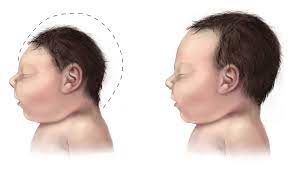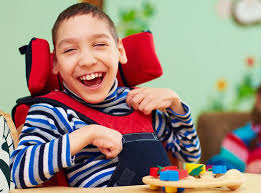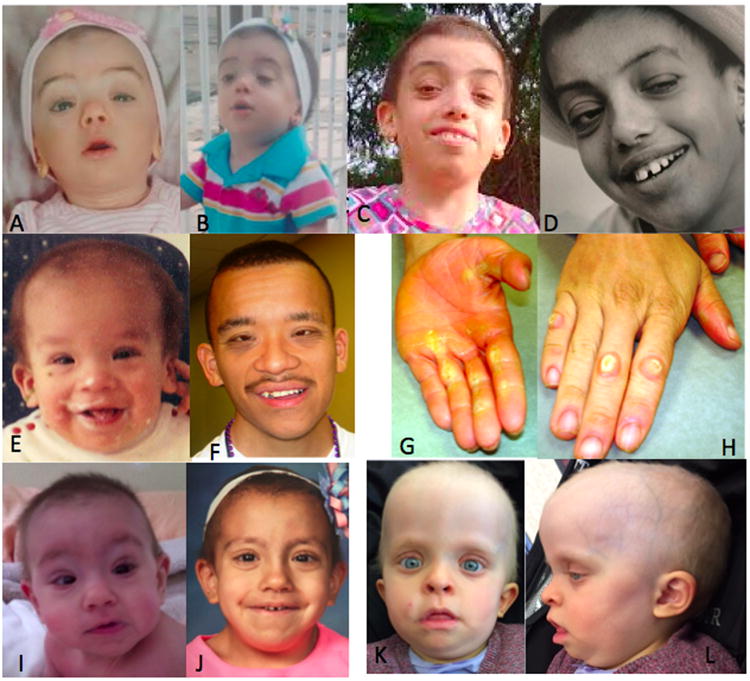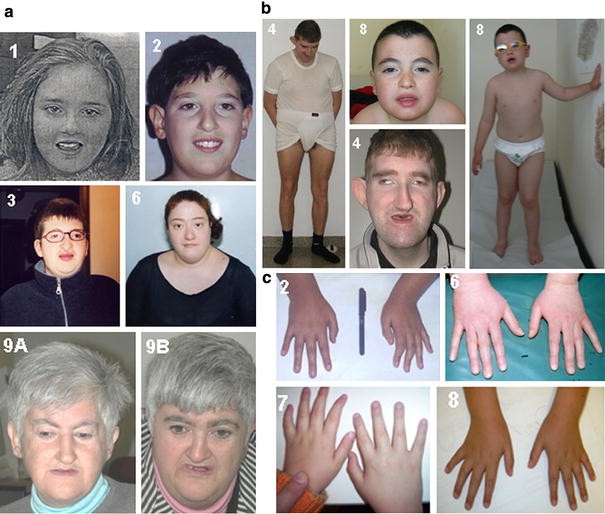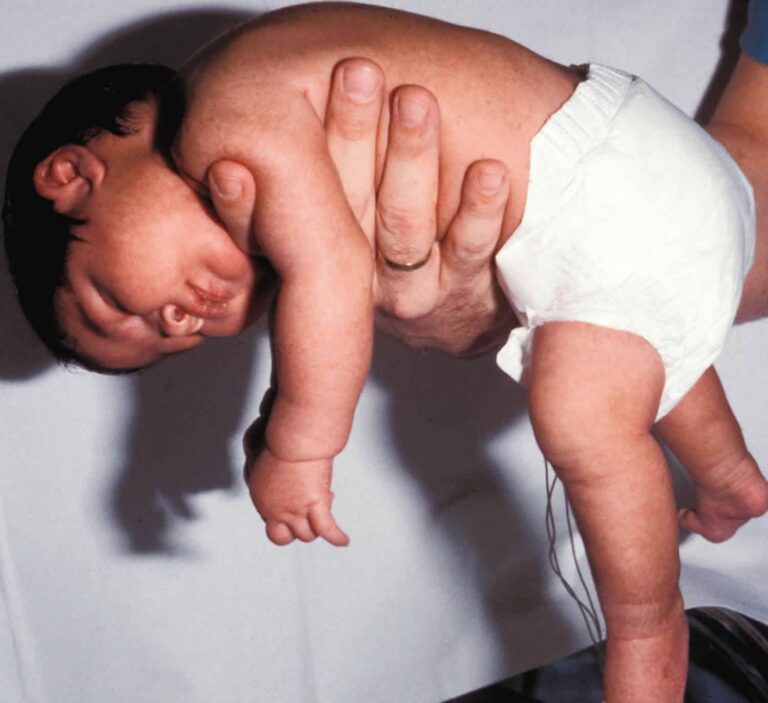Microcephaly
What is the condition of microcephaly? Microcephaly is a condition where a baby’s head is much lessened than expected. During pregnancy, a baby’s head grows because the baby’s brain grows. Microcephaly can happen because a baby’s brain has not developed properly during pregnancy or has stopped growing after birth, which results in smaller head size….

